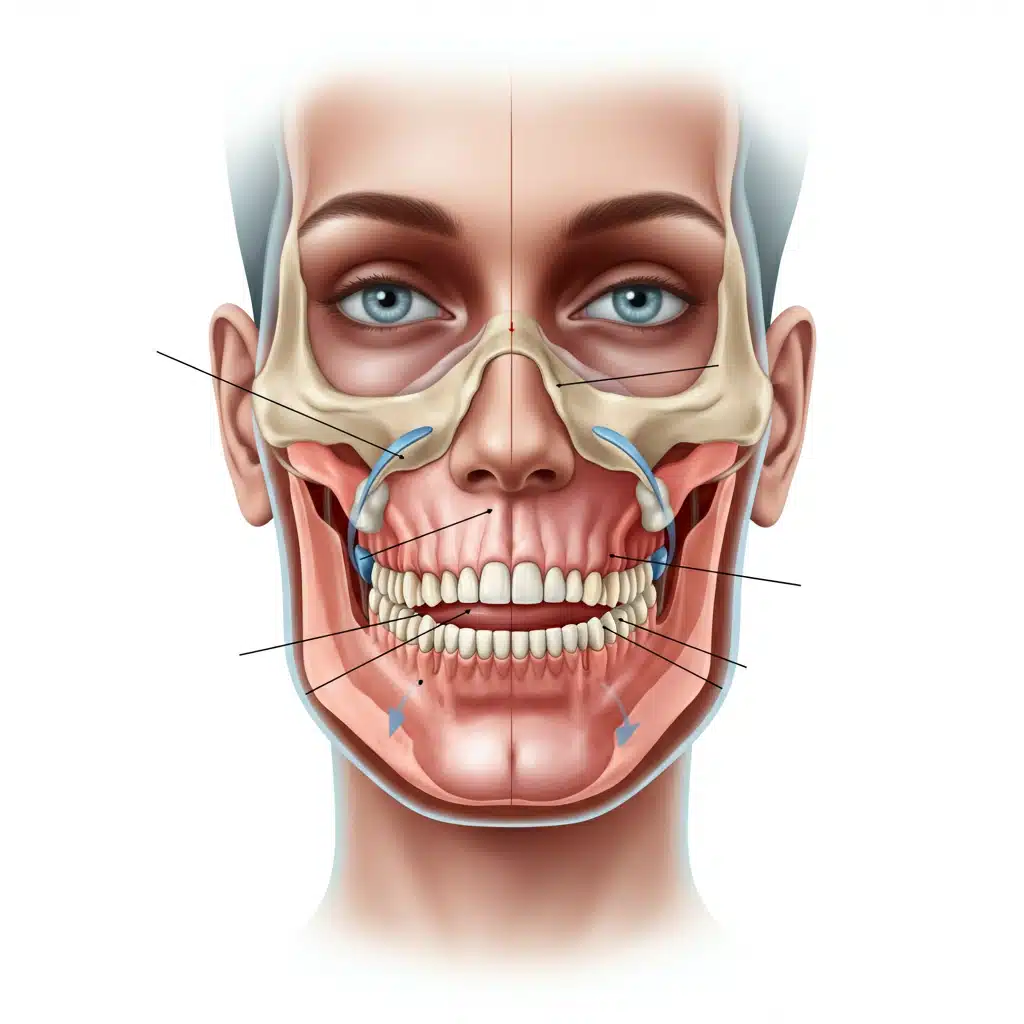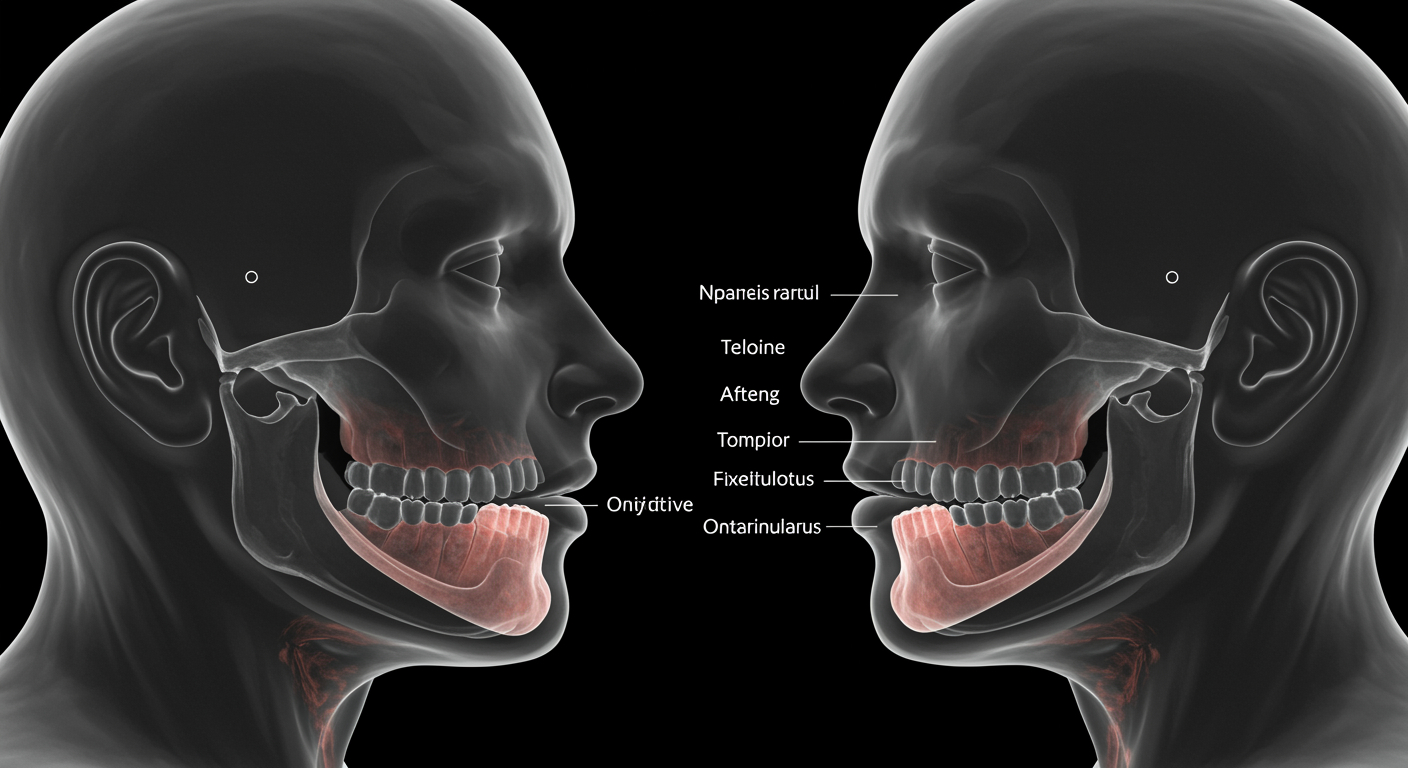Jaw procedures like wisdom teeth extraction and orthognathic surgery can feel a bit intimidating, but understanding what to expect can help you feel more prepared and confident. This guide breaks down what happens before, during, and after these common procedures so you can approach them with clarity and calm.
Wisdom Teeth Extraction
Before the Procedure
Preparation for a wisdom teeth extraction usually begins with a consultation. Your dentist or oral surgeon will likely take X-rays to evaluate the position of your wisdom teeth and decide the best approach for removal. This is also the time to discuss any medications you’re taking, ask questions, and share any concerns.
Your surgeon will provide pre-surgery instructions, which may include:
- Avoiding food or drink for a certain number of hours before the procedure
- Arranging for a ride home after surgery (if sedation is being used)
- Wearing comfortable clothing and skipping makeup or jewelry on the day of the surgery
During the Procedure
Wisdom teeth extraction typically takes about 30 to 60 minutes. Depending on the case, you’ll likely receive one of the following:
- Local anesthesia to numb the area
- Sedation anesthesia to relax you and limit memory of the procedure
- General anesthesia so you’re fully asleep during surgery
The surgeon will make an incision in your gum (if the tooth hasn’t emerged) and remove the tooth. Sutures may be placed to close the gum, though some types dissolve on their own.
You’ll wake or become fully alert in a recovery area before heading home.
After the Procedure
Recovery from wisdom teeth extraction usually takes a few days:
- Expect some swelling, mild pain, and possible bruising. Over-the-counter pain relievers or prescribed medication will help manage discomfort.
- Stick to soft foods like applesauce, broth, and yogurt for the first couple of days.
- Avoid smoking, using straws, or vigorous rinsing to prevent dry socket, a painful condition where the blood clot protecting the area becomes dislodged.
- Plan for rest. Avoid strenuous activity for at least 48–72 hours.
It’s normal to see gradual improvement each day. If swelling worsens or you develop a fever, contact your surgeon promptly.
Orthognathic Surgery
Orthognathic surgery, also known as jaw surgery, is used to correct a range of dental and skeletal issues like misaligned jaws or structural abnormalities. This is a more complex procedure compared to wisdom teeth extraction.
Before the Procedure
Preparation for orthognathic surgery is a longer process and involves collaboration between your orthodontist and oral surgeon. Steps include:
- Orthodontic treatment: Braces or aligners may be required before surgery to move your teeth into correct positions.
- Detailed planning: Your surgeon will take molds, X-rays, and sometimes 3D images of your jaw to design a precise surgical plan.
- Pre-surgery instructions: These may include fasting for eight hours before surgery and arranging for a trusted caregiver to assist you during your recovery.
Additionally, many people benefit from mentally preparing by asking questions and discussing their concerns during consultations. Knowing what to expect can make a big difference.
During the Procedure
Orthognathic surgery is more involved and typically performed under general anesthesia. It may take several hours, depending on the complexity of the adjustments. The surgeon will carefully cut and reposition parts of your jaw and secure them with plates and screws.
Some surgeries involve reshaping the upper jaw, lower jaw, or chin—or a combination. Once the adjustments are complete, incisions are stitched closed, usually inside the mouth to avoid visible scarring.
After the Procedure
Recovery from orthognathic surgery will require patience and planning:
- Days to weeks after surgery: Expect swelling, bruising, and mild discomfort. Your jaw may feel stiff or sore. Pain management, including medications, will be tailored to your needs.
- Dietary changes: You’ll start with a liquid diet before transitioning to soft foods. Your surgeon will provide guidelines to ensure healing.
- Follow-up care: Regular visits to your surgeon and orthodontist are essential to monitor healing.
- Take it easy: Plan for light activity and plenty of rest. Avoid strenuous exercise until you’re cleared by your surgeon.
The full healing process can take several months, with noticeable improvement in the first few weeks. Many people find the results—including improved bite and facial symmetry—well worth the recovery time.
Tips to Feel More at Ease
- Ask questions: Knowledge reduces anxiety. Speak with your dental or surgical team about any concerns you have.
- Focus on the end goal: Whether it’s relief from pain or improved function, keeping the benefits in mind can make the process feel worthwhile.
- Follow instructions closely: Pre- and post-operative care instructions are there to protect your health and ensure smoother healing.
- Set up a recovery zone at home: Stock up on essentials like soft foods, comfy pillows, and entertainment to make rest time more comfortable.
Final Thoughts
While jaw procedures can seem daunting, understanding the steps can empower you to approach them with greater confidence. Your healthcare team is there to support you through every phase, from preparation to recovery. With the right care and mindset, these surgeries can be an important step toward better health and overall well-being.





